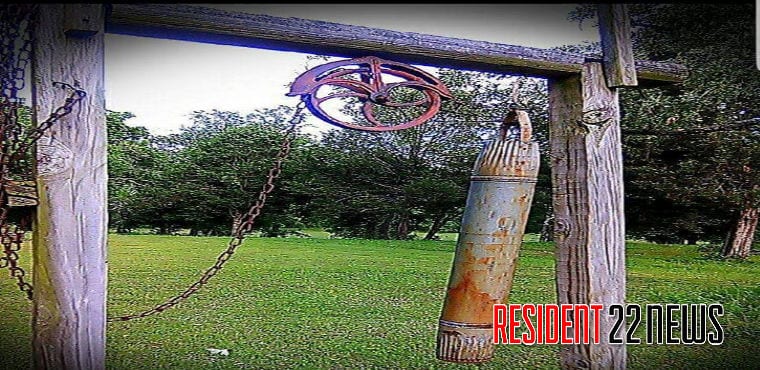By Jack James
Water is a pretty precious commodity on this planet. Did you know that 71% of the planet is covered by water? Did you also know that only 1% of the world’s water is freshwater that is suitable for drinking?
I still drink from a metal water dipper that hangs by our kitchen sink. It saves all kinds of dirty glasses in the dishwasher. My family has always had a dipper by the sink as long as I can remember.
We didn’t have the luxury of running water when I was growing up. We had a well in our backyard that supplied all of our fresh water needs for years. The water came from flooded underground coal mines and was as sweet as sugar water. All you could see of the old well was the clay pipe that came up from the ground. A couple of tall cedar posts held up a small roof made of scrap lumber and old sheet iron. Every part of the wood was covered with white wash, homemade paint. Dad would go out back and lower the old well bucket down using an old iron pulley on a long length of chain. It was tough pulling the full bucket back up from the deep cavern.
The water was released in a white enamel pail with a red, painted rim, a wire handle and a worn, red wooden hand grip. The rest of the water filled a large aluminum pitcher with a tall handle. The water pail was taken to the kitchen and covered with a thin board over a thin piece of a worn dish towel. The old metal dipper rested on top of the board. When you got a drink, you got only as much as you wanted to drink because you couldn’t be wasteful and didn’t dare pour it back. Leftover water went into a different pan to be used for other purposes. Water from the old pail was used for cooking and needed refilled several times a day.
There was an old weather worn table that stood by the door on our back porch. The aluminum pitcher filled with the cool well water sat near a white enamel wash basin. There was always a towel hanging on the edge of the table or on a nail beside a mirror, surrounded by an old homemade frame that hung crookedly on a stretch of old bailing wire. There is no telling how old that mirror was with the silver so thin and poor on it from years of being in the elements. It was here that we washed our hands and faces after a long day of playing in the yards and alleyways around our houses before we could come in to supper.
In the summer time, we bathed on that back porch in an old galvanized wash tub. A trellis filled with morning glories and roses filled the wooden slats of the tall trellis and an Elderberry bush helped us to keep or dignity from neighbors. In the winter time, we would heat water in the kitchen and take a quick bath in the same wash tub that sat by the stove for warmth. When we didn’t want to go to the trouble of filling the tub, we would warm enough water to fill the basin and wash with a ‘worsh rag’ as we called it.
When Huntington hit the big time, they drilled a city well near Highway 71 coming into town. We could take five-gallon buckets and pails to the city well and simply turn on the faucet. I remember sitting in a long line of our friends and neighbors as we took turns filling our containers.
When city water pipes were eventually laid in the neighborhood, we gave up the basins and pitchers, the water bucket and wash tub. But we never gave up the dipper. And it was even harder to give up the old outhouse. It felt as if there was just something very wrong with using the bathroom in the house.






